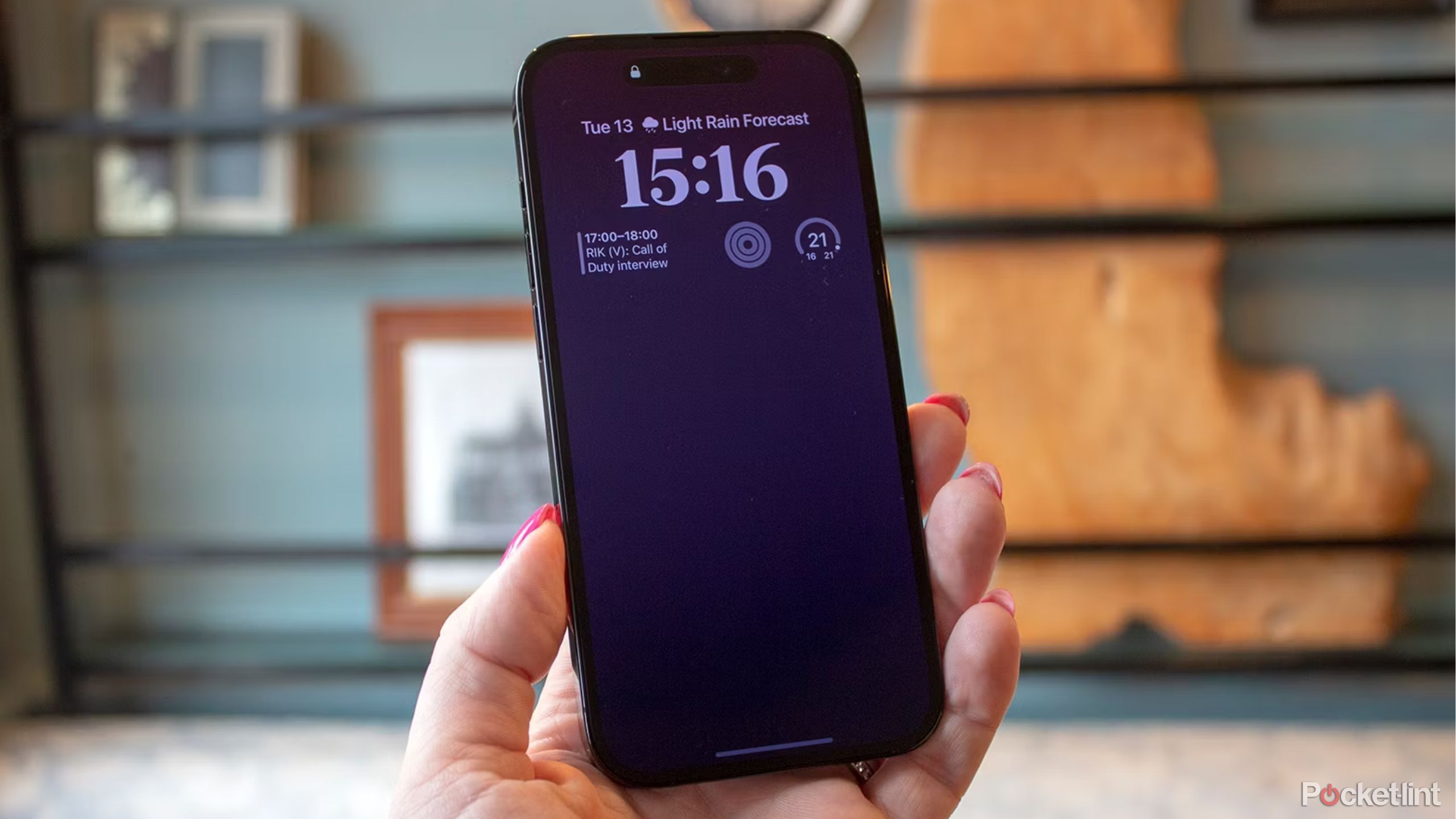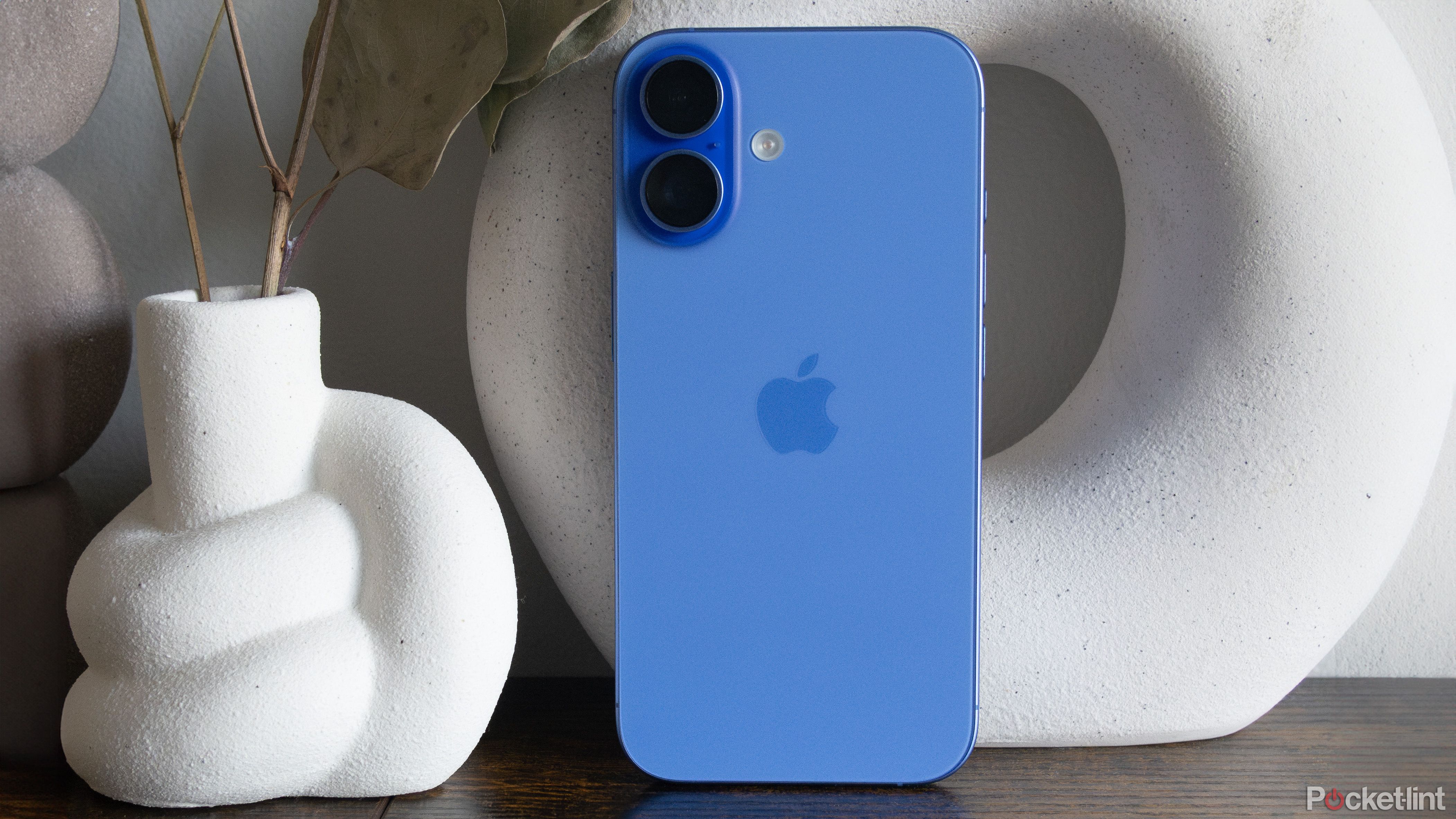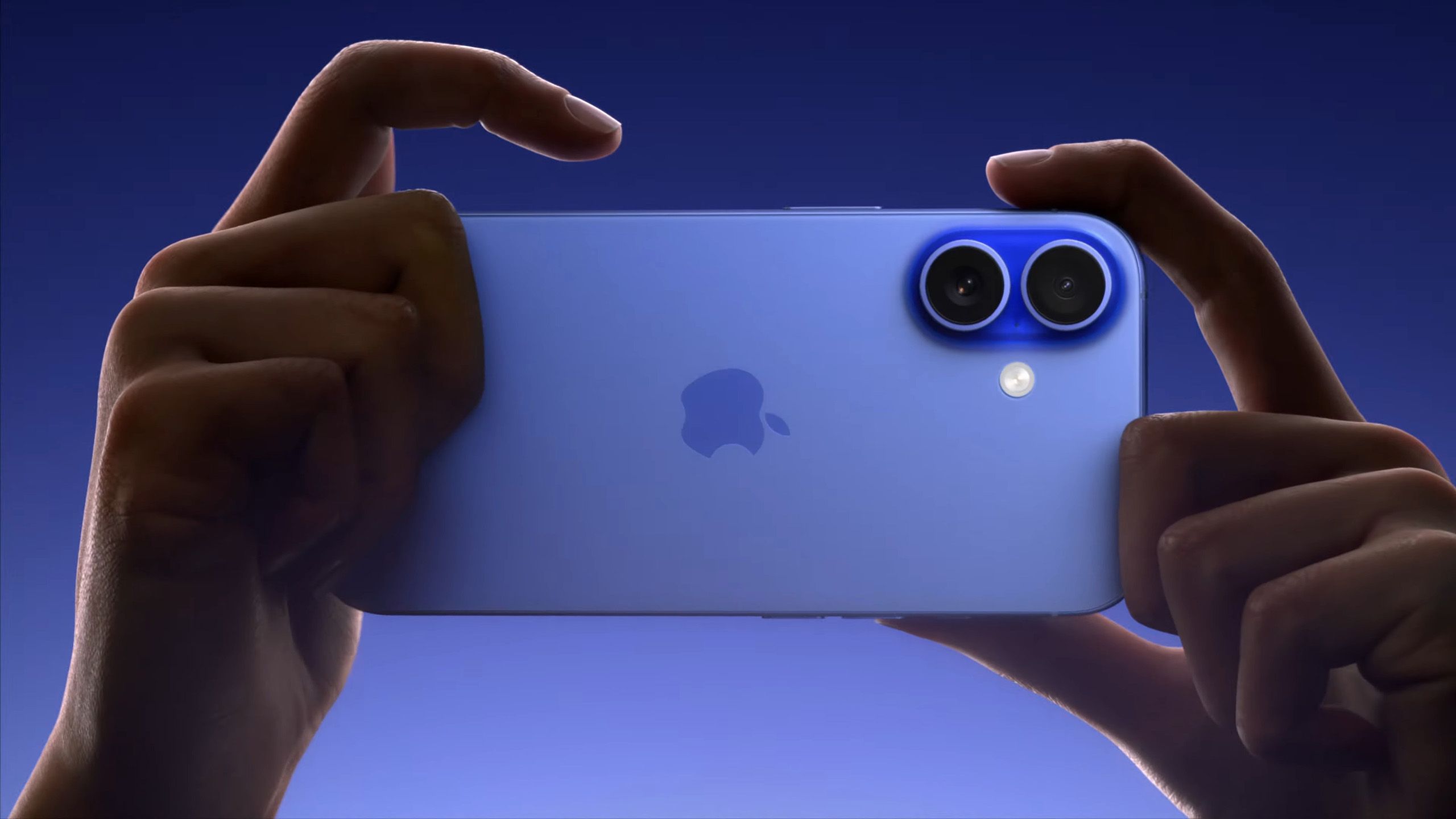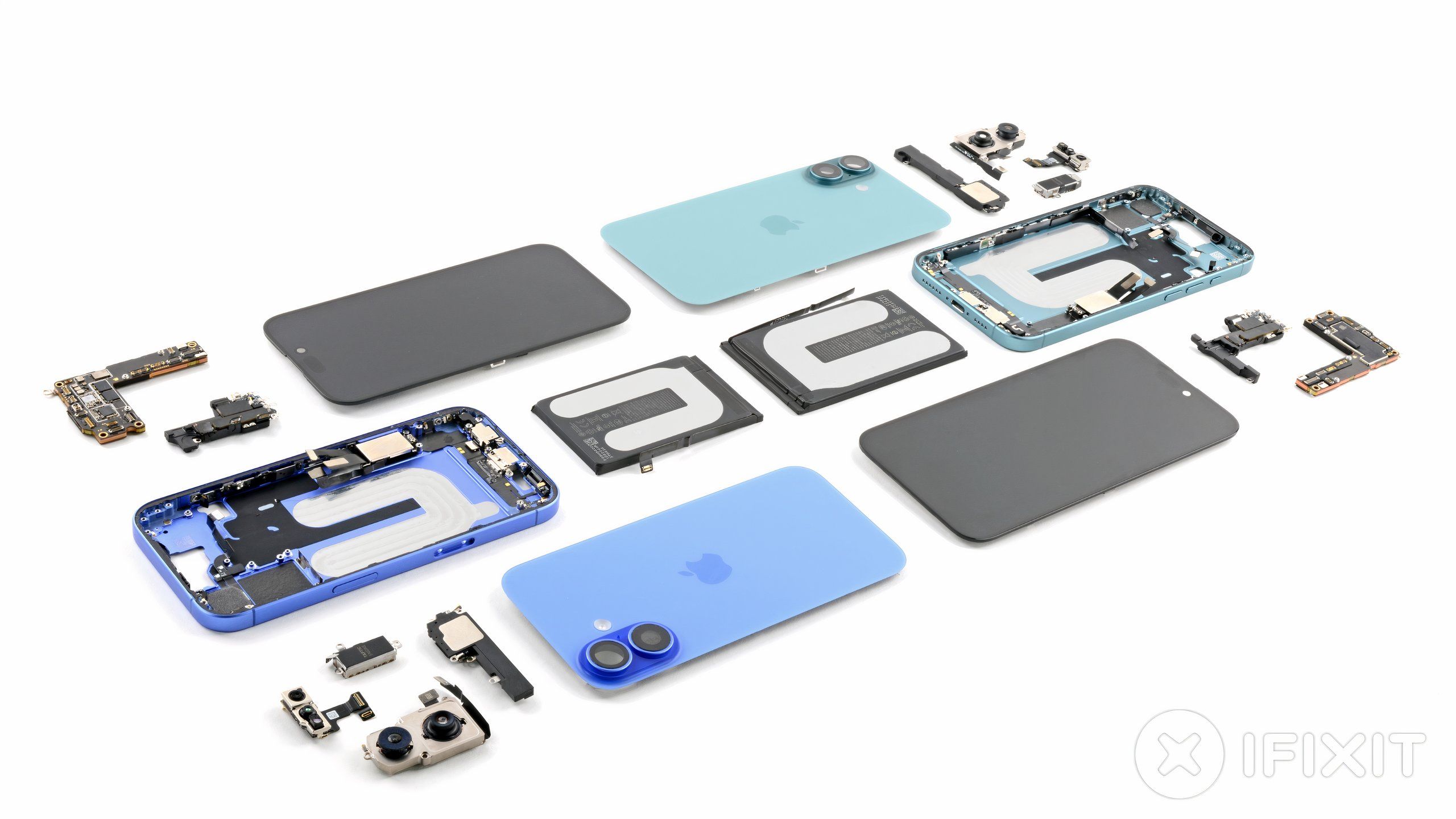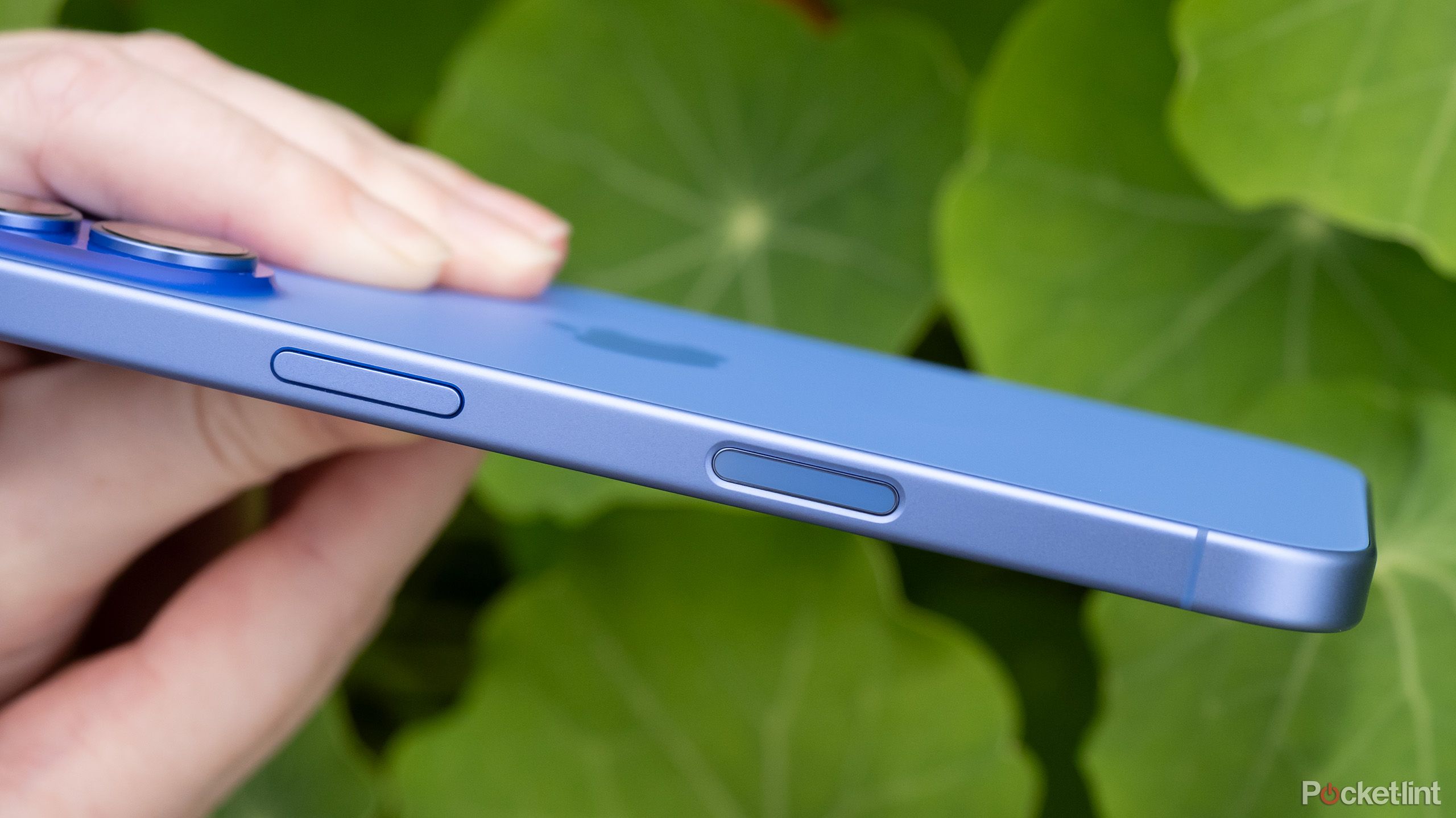Key Takeaways
- The iPhone 17 should add a higher refresh rate ProMotion display.
- Apple should also offer brighter, more vibrant color options for the iPhone 17.
- The new phone’s battery should also be improved.
With the iPhone 16 and 16 Pro firmly in the rearview mirror (and still awaiting their Apple Intelligence upgrade), there’s time to start reading the tea leaves as to where Apple will go next with its star product. The iPhone 17 should meaningfully improve on the iPhone 16 released this year, shouldn’t it?
At this point in the smartphone’s life, it’s maybe wrong to expect Apple to dramatically reinvent the smartphone. There will always be a screen, and apps, and multiple cameras to play with. But based on the recent sluggish sales performance of the company’s smartphone, it does seem like something needs to be done to keep customers interested. Keeping what’s already leaked out about Apple’s next iPhone in mind, here’s the ideal improvements the company should add to the iPhone 17 to make it stand out.
Related
iPhone 17 and 17 Pro rumors: Everything we know so far
The phones are a long way out, but info is already emerging.
It’s time to bring smooth scrolling and an always-on screen to the base iPhone
The pro versions of Apple’s iPhone have had smooth, high-refresh rate displays for years. Apple first introduced it’s 120Hz ProMotion display on the iPhone 13 Pro, and allowed the display to be “always-on” (shifting to a low refresh rate to conserve battery while still displaying information on the screen) on the iPhone 14 Pro.
Before then, all iPhones had 60Hz displays, and since then, the base iPhone and iPhone Plus models have still had 60Hz displays. Unless you feel the smooth swiping and more realistic animations of a 120Hz iPhone for yourself, you likely won’t notice a difference between a ProMotion and non-ProMotion display side-by-side.
Apple has already done a good job of optimizing its software for 60Hz. But there are benefits, like the always-on display, that would make an iPhone 17 with a ProMotion display more usable, too. StandBy Mode is possible on all of Apple’s current iPhones, but it only works to its fullest extent on an iPhone with a ProMotion display that can display the time, weather, and other information all-day rather than when you wake the screen. Reports suggest Apple could give all the iPhone 17s its ProMotion display.
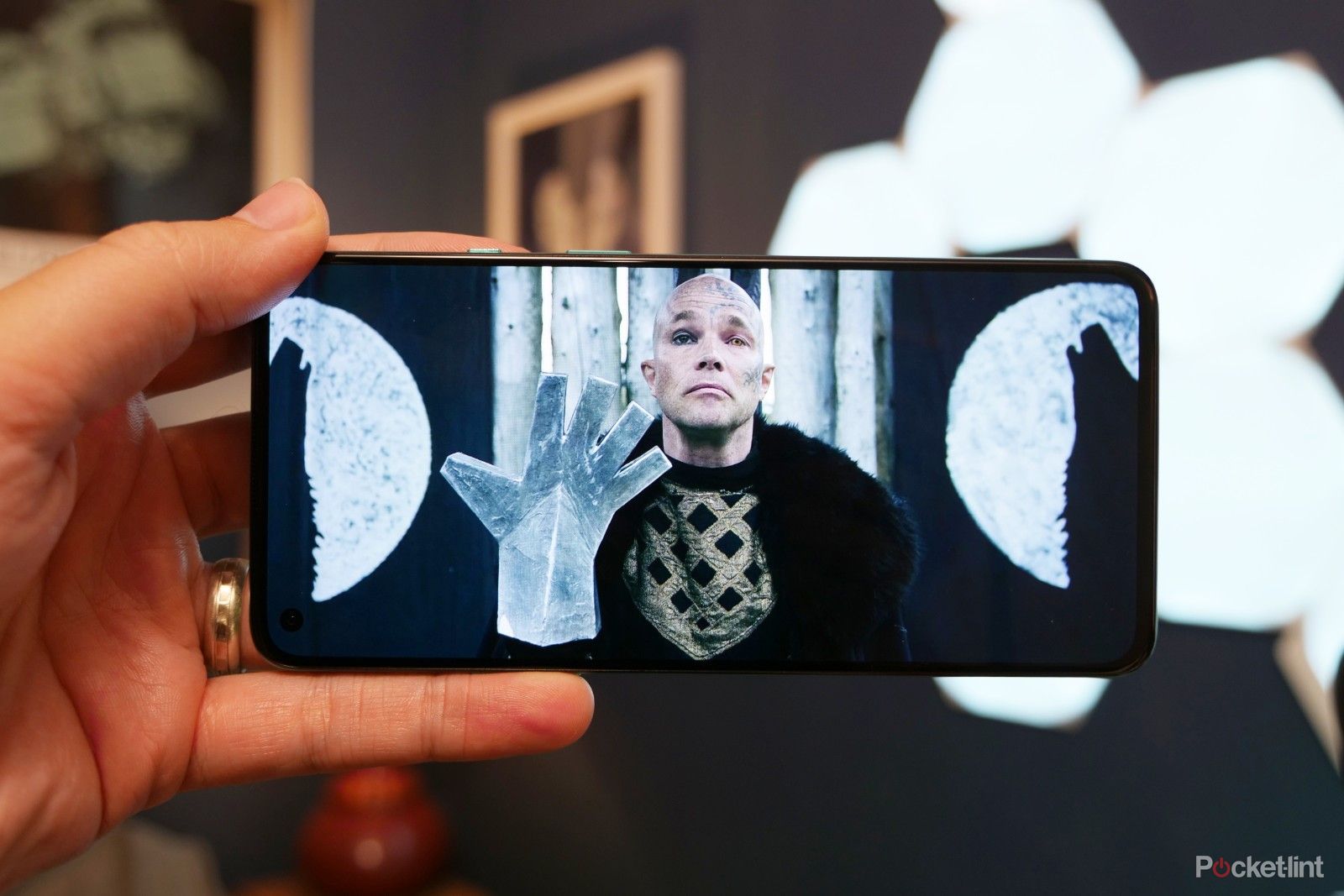
Related
Smartphone display refresh rates: What does Apple ProMotion and 120Hz mean, and does it matter?
With the arrival of 120Hz displays on smartphones, we answer why it might (and might not) be important and what it means.
2 More bright and saturated color options
The iPhone has settled for dull, metallic colors for too long
In the decades-long pursuit of creating minimalist, refined hardware design, Apple has abandoned a sense of fun and personality. You still see it in animations and small details of the company’s products (that the bezels of your phone appear to bulge as you adjust the volume in iOS 18 is a recent example), but the exterior of the company’s products is decidedly buttoned up. Nowhere is that blandness more apparent than in the company’s colors. Nearly every Apple product features dull, pastel versions of brighter, more interesting colors. They often look more like the metal they’re partially constructed from than any adjective Apple uses to describe them, and that needs to change.
Nearly every Apple product features dull, pastel versions of brighter, more interesting colors.
These are devices that are practically glued to most people’s hands. They should be an expression of their sense of style, not be governed by Apple’s efficient manufacturing practices. The iPhone 16, which features an ultramarine blue, bright pink, and greenish Teal, is a step in the right direction. If we’re not returning to the deeply saturated color options of the iPhone 12, then the iPhone 17 should at least keep up the trend Apple started with the iPhone 16. Let’s get a red or yellow phone again!
3 A larger, more efficient battery
Smartphones should last for multiple days on a single charge
iFixit / Pocket-lint
Battery life has been consistent on the iPhone, but it hasn’t radically improved in a long time. Your phone lasts “all-day,” which translates to a full day and some change with normal use, and longer if you only look at your phone to check the time (the company measuring battery life in video playback only makes things more confusing). The fact that Apple can be so consistent given all the new things iPhones are expected to do is commendable in its own way, but it’s time for things to change. Google and Samsung phones are able to get multi-day battery life largely through software optimization. Apple’s Low Battery Mode can get you out of some scrapes, but it doesn’t compare to the Extreme Battery Saver option on Pixels.
Battery performance on the iPhone 17 needs to be better, either by increasing the size of the battery in the phone itself or better optimizing iOS to stretch how long the phone can be used. On some level, any company is going to be limited by battery chemistry, but if Apple is leaning towards functional improvements to the iPhone rather than aesthetic ones, battery life should be high on the list. The company is reportedly exploring building its own batteries and is currently using a new kind of adhesive that makes batteries easier to remove and replace, but how those changes could translate to the battery life of the iPhone down the road remains to be seen.
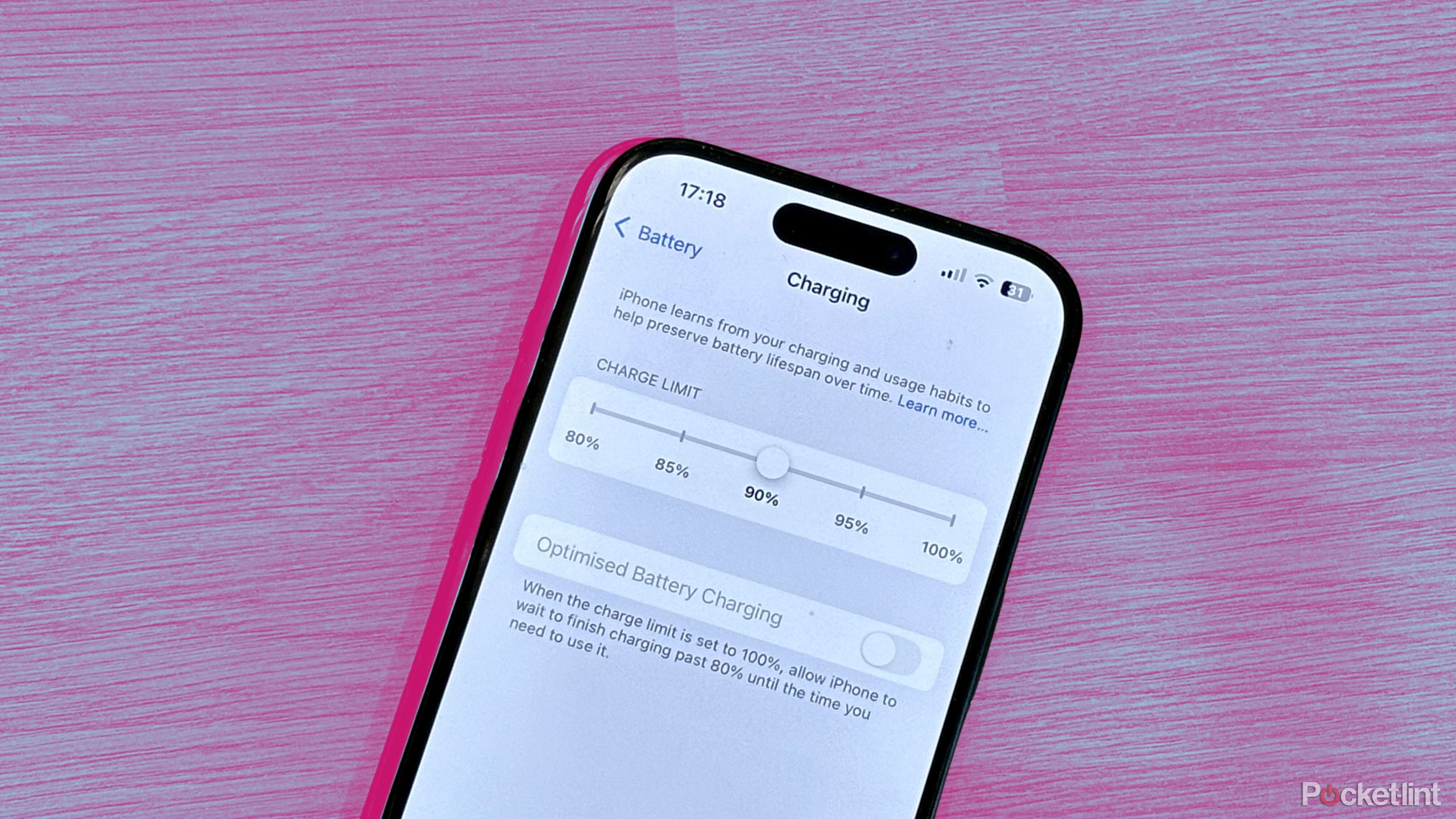
Related
How to set a Charge Limit in iOS 18 to prolong your battery life
If you have an iPhone 15 or 16, you can choose how much your battery gets charged.
4 An expanded role for Camera Control
New buttons open all sorts of possibilities
The jury is still out on whether the iPhone 16’s Camera Control button is a meaningful new input method for the iPhone. One thing that has become clear is that it feels good to use, and Apple has plans to expand it with software updates (the company is adding a two-step shutter at some point in the future). The advantage of Camera Control is not only that you can press it at multiple levels of pressure, but it’s also a touch surface in its own right. Which begs the question: What if Camera Control didn’t just control the camera?
Camera Control can be set in Settings to open the Camera app with one or two presses or launch other apps that use your iPhone’s cameras.
The iPhone already ships with a multi-functional input in the Action Button, but Camera Control absolutely feels capable of doing more. Apple plans on using it as a visual input for Apple Intelligence, but it could just as easily become a scroll wheel for interacting with your iPhone without having to touch the screen. Smartphones have featured scroll wheels and these kinds of touch surfaces before. The Asus Zenfone 9 featured a similar button that could be used to scroll the phone, and the placement of Camera Control, which is a little too far up when you hold your phone horizontally, but much more comfortable when you hold the phone vertically, would fit just right. The iPhone 17 should expand the role of Camera Control to make it more integral to how you use your phone.
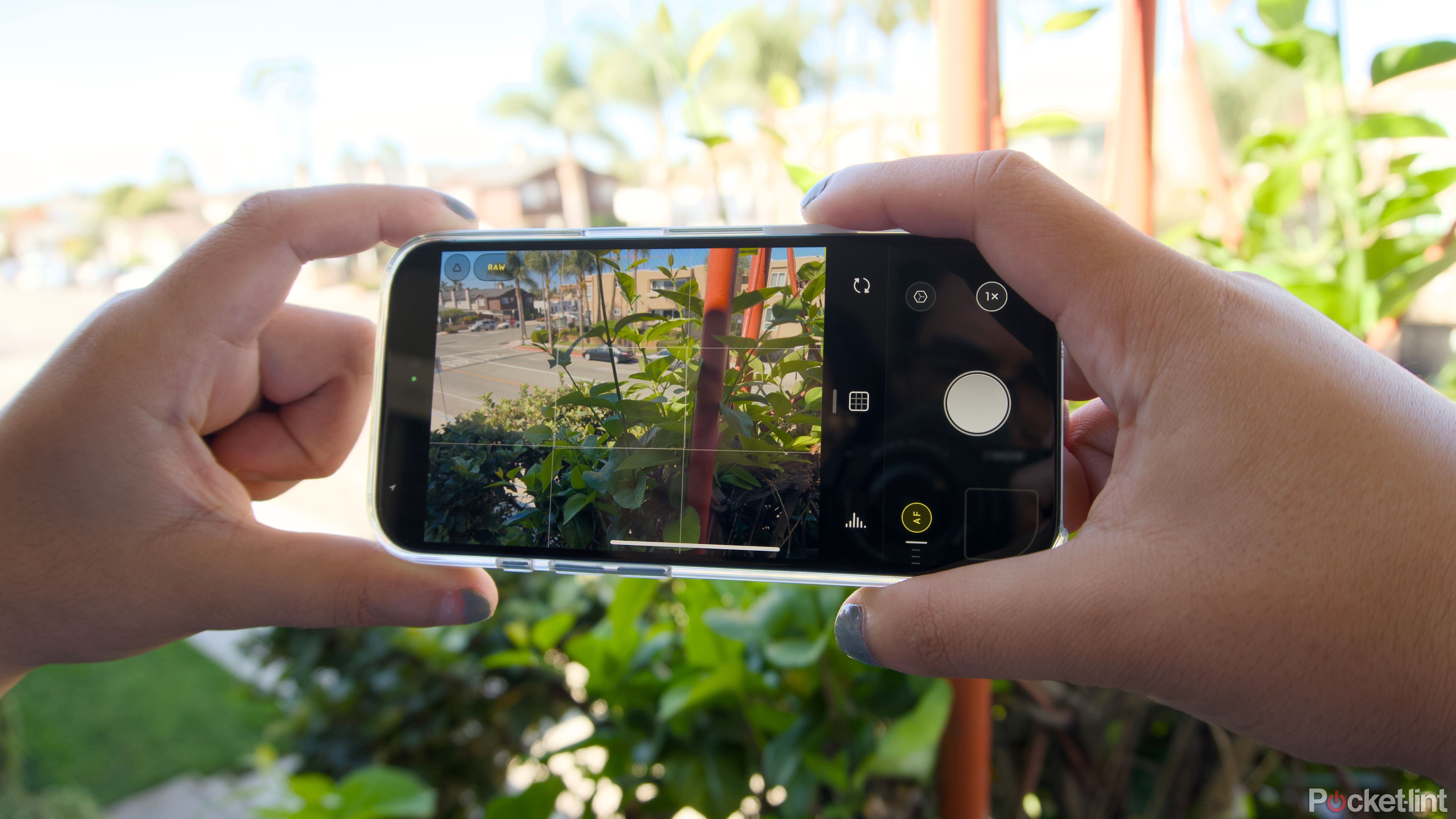
Related
Halide has made me a smartphone photography convert
Your iPhone is already a good camera, Halide is an app that makes you want to use it as one.
5 A new idea other than making the iPhone thinner
The iPhone doesn’t need to visibly change as long as it functionally improves
A rumor dominating the current crop of iPhone 17 leaks is the idea that Apple is planning on retiring the iPhone Plus (the spot in the lineup previously held by the iPhone mini) and replacing it with a new slimmer iPhone 17. This new phone would feature a redesigned camera bump, and might even draw inspiration from the dramatically thinner M4 iPad Pro Apple introduced in 2024. I understand the desire for an iPhone that looks dramatically different from the ones that came before, and I’ve often been fascinated by how much Google changes the design of the Pixel between yearly releases. A thinner phone isn’t really practical, though. It would leave less room for a battery, and require all sorts of other changes to make the phone work.
A thinner phone isn’t really practical, though.
Apple would be better served making an iPhone 17 Plus that works better than an entirely new iPhone 17 “Slim” or “Air” that looks different. Changes should be driven by some tangible benefit first rather than anything else. iPhones aren’t really that heavy or thick anyway, unless you’re using an iPhone Pro Max. This game of making things thinner so that you can make them thicker, with a longer battery life doesn’t need to be played anymore. It’s not novel, and it doesn’t lead to a better phone.

Related
How Danny Boyle’s 28 Years Later is being shot on the iPhone 15 Pro Max
The long-awaited sequel to the zombie flick isn’t some guerilla ‘Shot on iPhone’ campaign.
The iPhone 17 should be better, not different
If there’s one rule Apple follows, it’s that it avoids jumping into anything with two feet first. Changes come slowly if they come at all, and come long after people have asked for them. I’m not expecting the iPhone 17 to be a reinvention of the smartphone. I just hope that if it’s going to feel incremental, the changes do make the phone better. It’s very easy for Apple to rest on its laurels, but making the screen smoother or battery life longer, while not as exciting as a redesign, would make everyone happy.
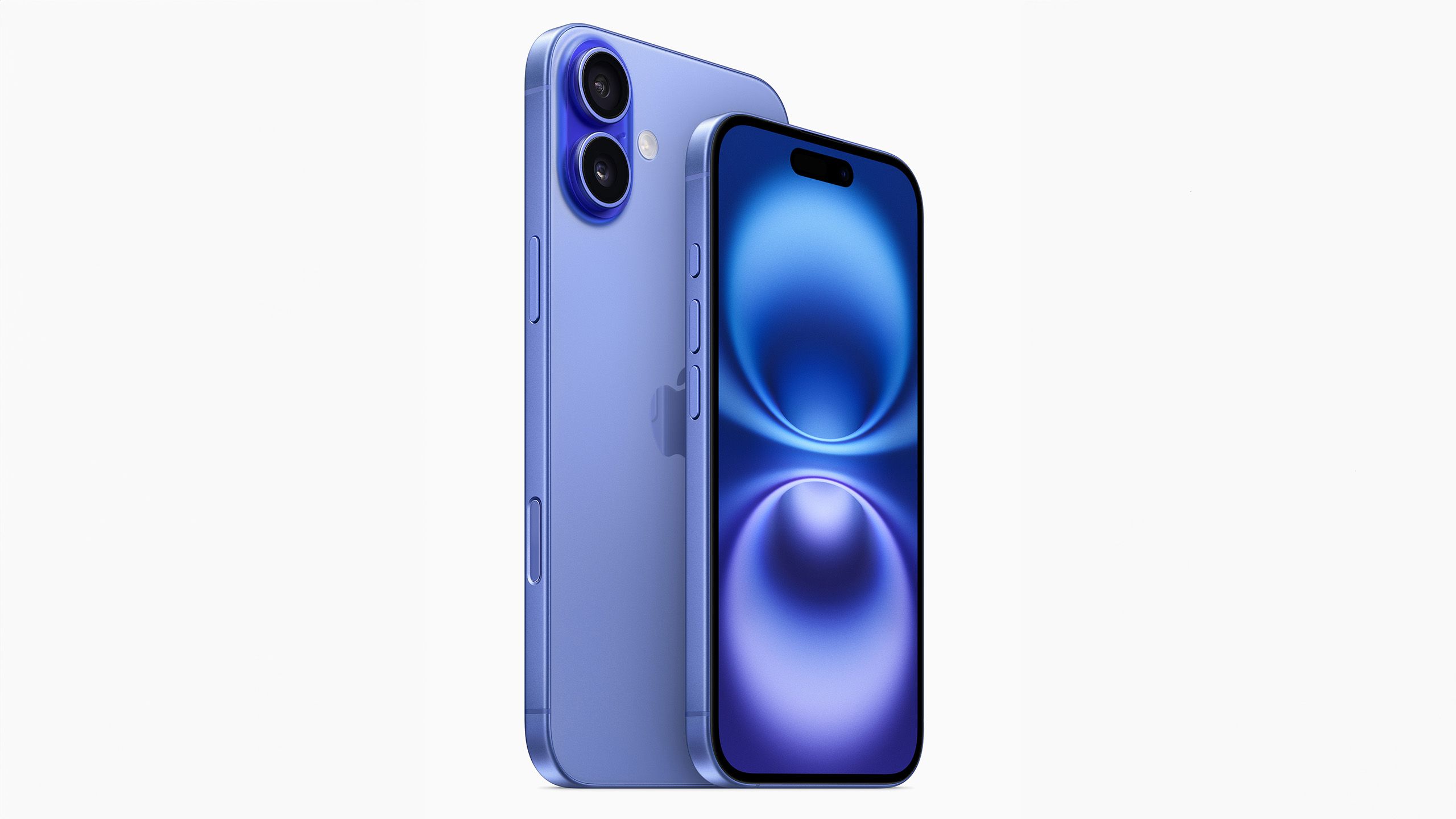
Apple iPhone 16
This year’s iPhone 16 line blurs the line between the “Pro” and the base-level iPhone by offering a new camera button and the Action Button, alongside the A18 chip.
Trending Products

Cooler Master MasterBox Q300L Micro-ATX Tower with Magnetic Design Dust Filter, Transparent Acrylic Side Panel…

ASUS TUF Gaming GT301 ZAKU II Edition ATX mid-Tower Compact case with Tempered Glass Side Panel, Honeycomb Front Panel…

ASUS TUF Gaming GT501 Mid-Tower Computer Case for up to EATX Motherboards with USB 3.0 Front Panel Cases GT501/GRY/WITH…

be quiet! Pure Base 500DX Black, Mid Tower ATX case, ARGB, 3 pre-installed Pure Wings 2, BGW37, tempered glass window

ASUS ROG Strix Helios GX601 White Edition RGB Mid-Tower Computer Case for ATX/EATX Motherboards with tempered glass…


